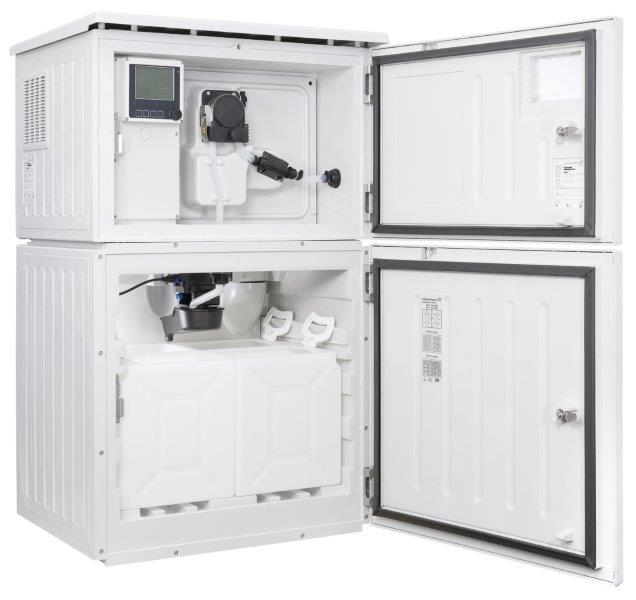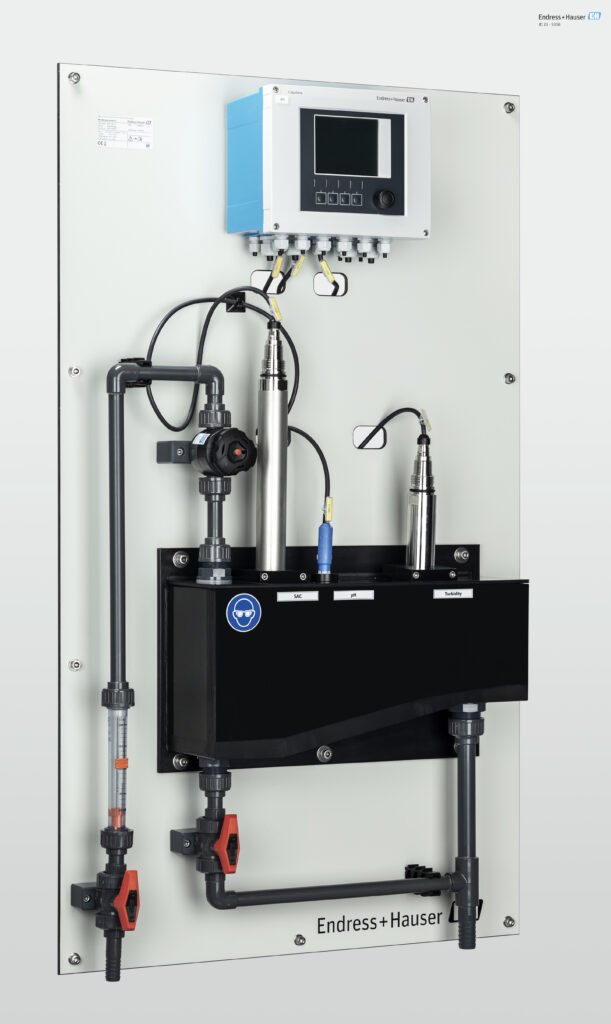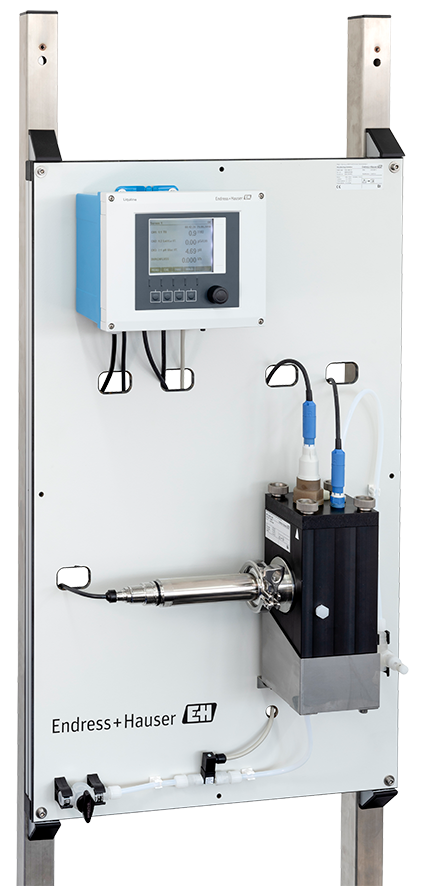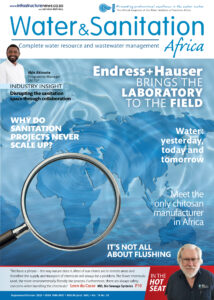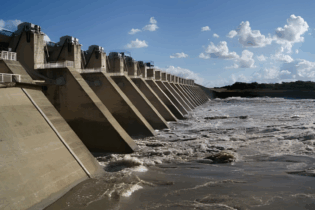Endress+Hauser, a global leader in process automation and measurement instrumentation, believes that water quality testing in the field and laboratory play a crucial role in achieving Sustainable Development Goal 6 (SDG 6) by identifying potential health and environmental risks.
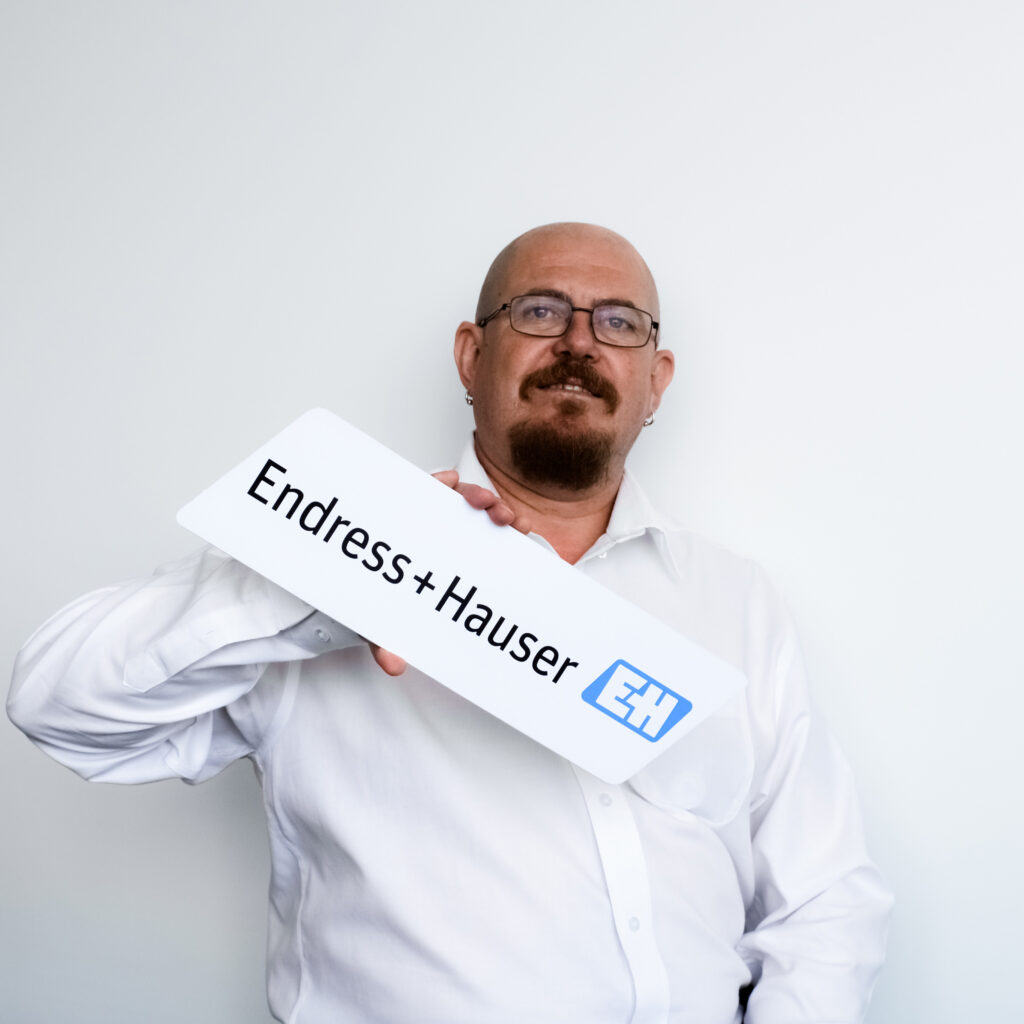
Drinking water quality
There are some disturbing findings in the Blue Drop Watch Report:- Most water treatment works (WTWs)do not produce water compliant with SANS241
- 51%of WTW shave poor to bad microbiological water quality status
- 71% of WTWs failed to achieve chemical compliance
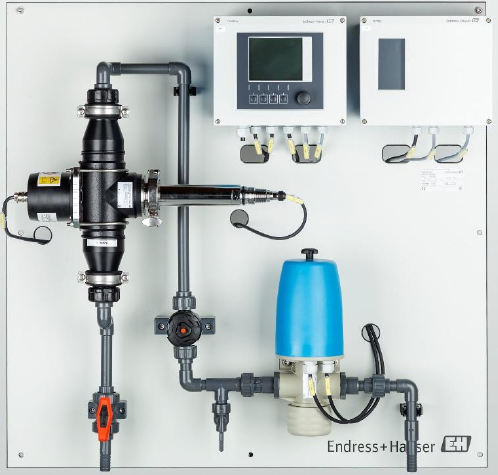
Effluent water quality
The 2022 Green Drop Report also paints a worrying picture–specifically, that 334 wastewater treatment works (WWTWs) were identified to be in a critical state. That’s nearly 40% of all WWTWs. “Endress+Hauser can provide in-and outflow water quality monitoring. Inflow quality monitoring can help determine the biological and hydraulic loading of a plant and can give an early warning if the effluent is outside normal parameters. This is particularly helpful if there is a buffer tank or diversion system that can prevent harmful chemicals from entering and killing microbes in a WWTW. If the hydraulic loading is high, steps can be taken to avoid over-treatment of the effluent,” explains Pretorius. Endress+Hauser has extensive experience in monitoring effluent–both for the private and public sector. As regulations become more stringent, it is essential to monitor all effluent parameters in real time (where possible) and collect true representative samples for confirmation using lab testing.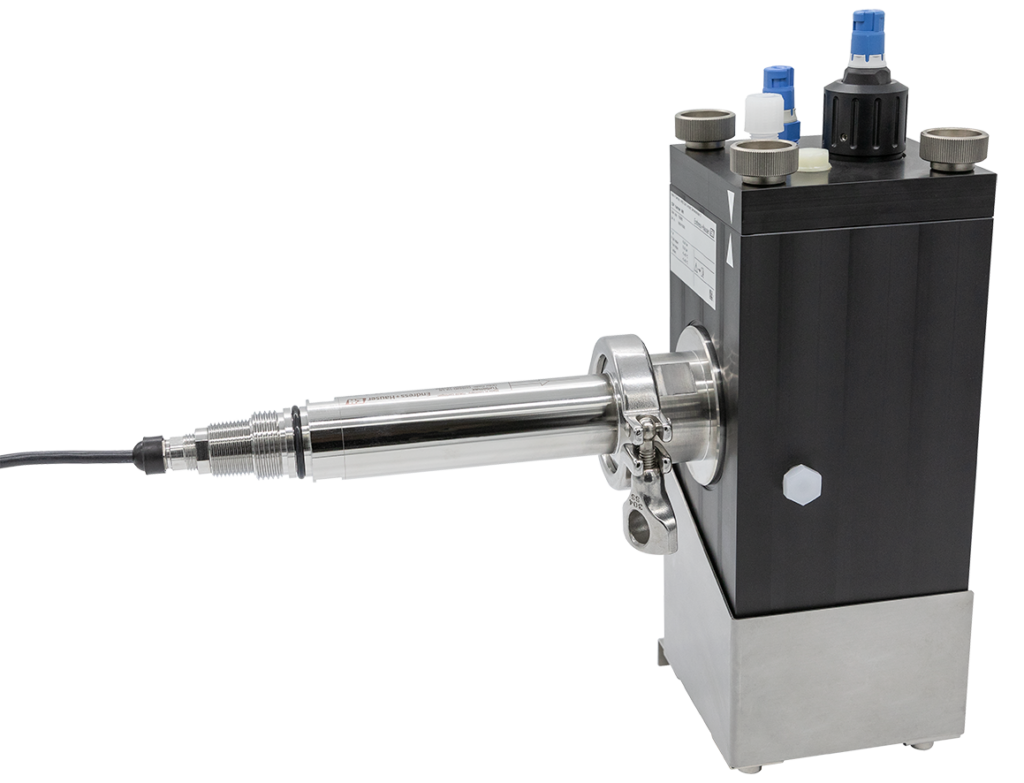
Endress+Hauser’s Liquiline transmitter platform is based on Memosens digital technology that can monitor and log up to eight different parameters in water and wastewater. Memosens sensors are connected with the Liquiline transmitter, which automatically recognises the sensor type and reads the information stored in it. Furthermore, many Liquiline devices–including analysers and samplers–can operate multiple Memosens sensors in any combination. With Memosens digital technology, there is minimal signal interference and greater accuracy. Remote monitoring is done through the Netilion system.
Netilion is an award-wining, cloud-based, industrial internet of things (IIoT) ecosystem designed for industrial processes. It connects the physical and digital worlds to send valuable information from the field straight to a phone, tablet, or other device. It is not only confined to equipment from Endress+Hauser, but can provide data from different instrumentation brands. Pretorius believes that this technology is of huge value for a municipal manager, who may be responsible for a number of WTWs or WWTWs in an area. “The manager can view water and wastewater quality remotely via an app on their phone and will receive alerts if any parameters are out of spec. With industrial WWTWs, an environmental manager can receive effluent quality data in a central location and monitor how well each plant is working. This prevents unnecessary time and travel to plants.” Endress+Hauser has launched preconfigured panels that combine field instruments, edge devices, and software for remote monitoring and maintenance. These panels are also equipped with Netilion. They provide a flexible, plug-and-play solution that can measure parameters chosen by the customer. Further, the company’s spectrometer offers reliable, real-time measurements of multiple parameters like chemical and biological oxygen demand equivalent, turbidity, nitrate, and spectral absorption coefficient in a single device. “This type of technology is typically only available as laboratory equipment but can now be used in the field. It can be quickly adapted to a specific application through pre-installed analysis models,” says Pretorius.Maintenance
Regular maintenance work is essential to minimise unplanned and costly downtime on measuring equipment. “The Liquiline transmitter is a plug-and-play set up that speeds up work and minimises process downtime during sensor maintenance. It also provides additional information around the health of the sensor,” says Pretorius. Most Endress+Hauser measuring devices have a unique diagnostic, verification and monitoring function known as Heartbeat Technology. These increases measuring reliability by monitoring the health of the transmitters, providing diagnostics of the sensors, and then is suing notifications around device failures and maintenance requirements. “For example, electrolytes in the digital free chlorine sensor need to be replenished and the sensor must be calibrated after a certain period of time. Fair warning is given to technicians, thereby ensuring that there is never a ‘dead space’–where no readings are provided due to a broken measuring device,” explains Pretorius. All of Endress+Hauser’s flow meters have built-in verification techniques traceable to known metrology standards. This is a mandatory requirement for when WTWs and WWTWs are applying for Blue Drop and Green Drop status. The verification can be done remotely, which is a necessity for water utilities whose services stretch over large areas. “We are focused on optimising maintenance efforts, to ensure that our products always give reliable information that help streamline processes,” states Pretorius. Endress+Hauser also has a considerable Service Department that works according to service contracts or callouts. “The water and wastewater sector is cost-sensitive, and sometimes instrumentation ends up at the bottom of the list; however, monitoring a process will yield better results and optimise a plant, saving money in the long term. Endress+Hauser has a huge toolbox of solutions for the water and wastewater sector, and we are always ready to assist,” concludes Pretorius.